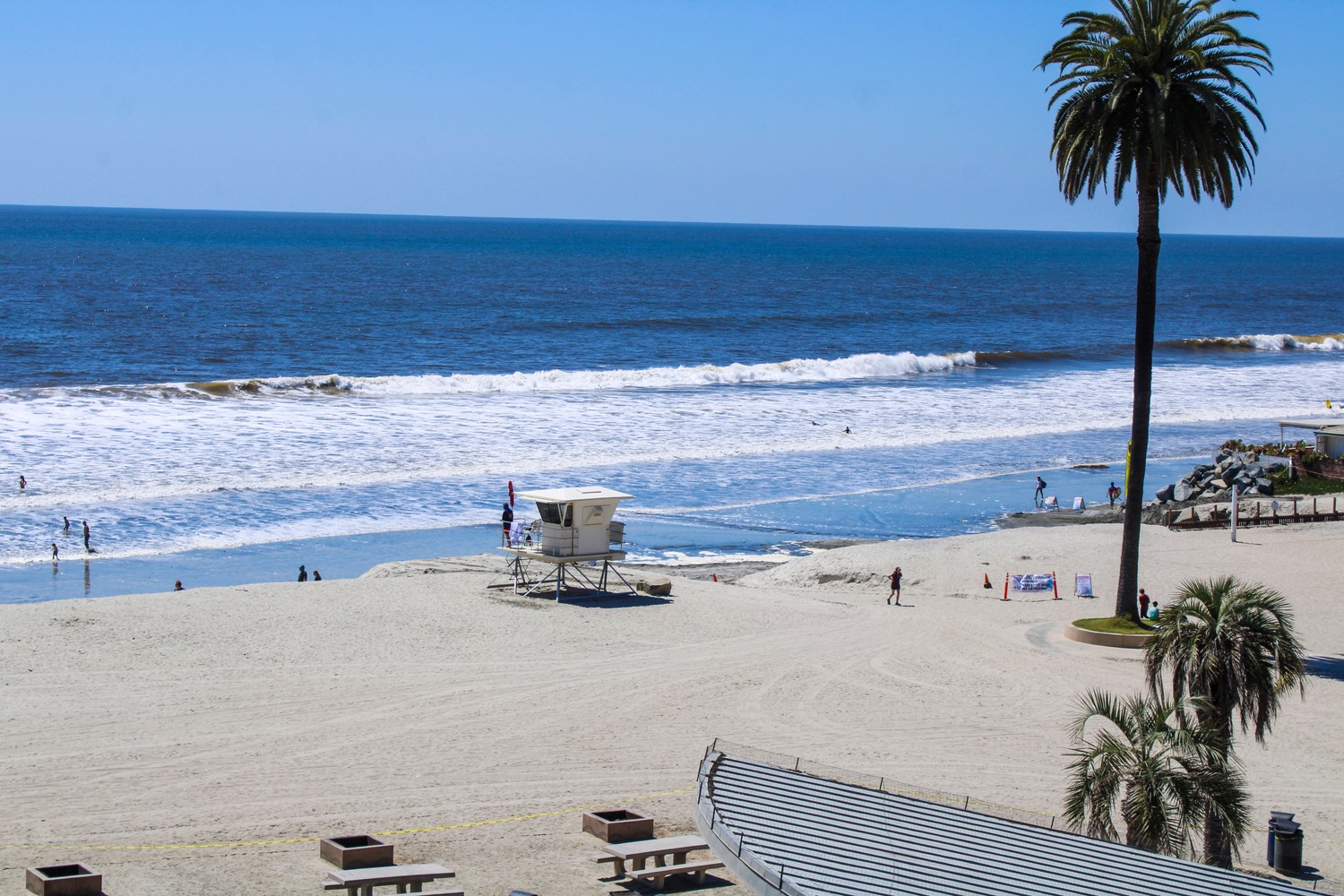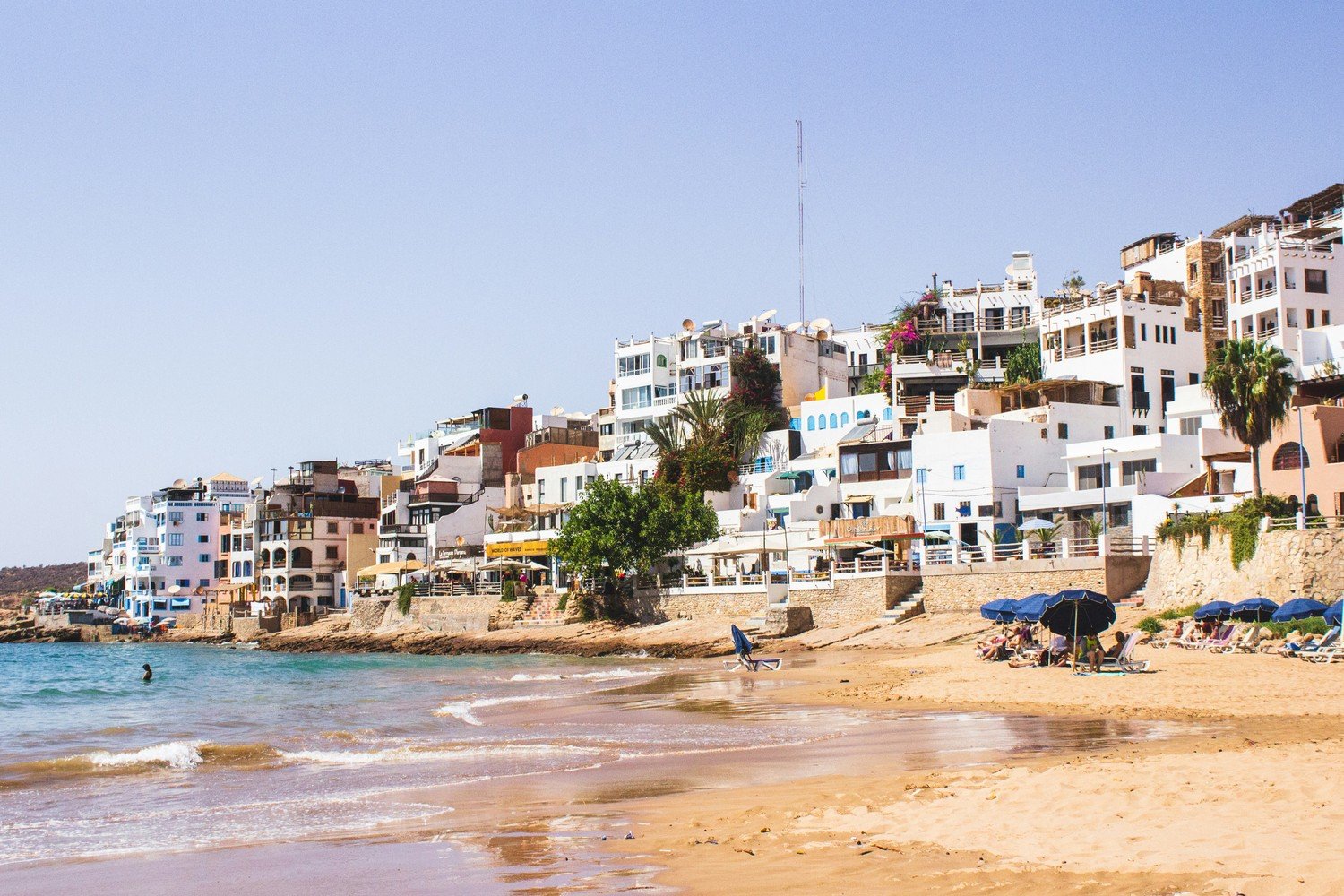

Price Match Promise
Destination or Hotel
Departure Airports
Travel Dates
Flexible +/-3 days
Nights
Flexible +/-3 days
Guests

Price Match Promise

Search

Flexible +/-3 days

A Guide to Sri Lanka
By
Ricky Durrance
22 Mar 2022
The tropical island of Sri Lanka is a great destination to visit for those who want to experience something totally different to a few weeks in the sun with a drink in hand. Whilst Sri Lanka can offer this, there is so much more to see and do that it would be a shame to miss out. Such is the wealth of things to see and do that Sri Lanka really does cater for all, whether you are looking to stay in a luxurious hotel and explore nature or experience a budget friendly 3 star hotel right on the beach.
Sri Lanka has some of the world’s best beaches, national parks where you can witness some extraordinary wildlife and ancient cities to visit so it ticks all boxes - not just those for sun lovers as can be the case on some tropical islands.
Take a look at our handy travel guide below to ensure you know the basics about entry and life on the island before you visit.
Entry to Sri Lanka
British citizens must have a valid passport for a minimum period of 6 months from the date of entry in Sri Lanka, and are also required to have a visa. You can apply for a tourist visa online at www.eta.gov.lk.
The Essentials
Language:
Sinhala and Tamil are the main local languages but English is widely spoken in most tourist areas.
Time difference & Flight Time:
Sri Lanka is six hours ahead of the UK and the flight time is roughly 11 hours from the UK depending on which airport you depart from.
Currency:
Sri Lankan rupee, shown as LKR on menus.
Places to Visit
You will never get bored on Sri Lanka holidays. Here is a short list of places to visit on your visit.
Udawalawe National Park
This is where you will see elephants working on a tea plantation or roaming in the wild. A day trip to Yala National Park is also a must, where you may see illusive leopards in their natural habitat.
Arugam Bay
For beach lovers there is one beach you must visit and that is Arugam Bay. Located on Sri Lanka's dry south east coast, this beach is made of sugar-soft sands, coconut palms and ocean views to die for.
Sigiriya
Sigiriya which is one of Sri Lanka's seven UNESCO World Heritage Sites and really is a must-see. This rock-top fortress dates back to the fifth century AD. Sigiriya is also regarded as one of the most important urban planning projects of the first millennium, and is home to some of the oldest landscaped gardens in the world.
When to Visit
Considering the island is relatively small, the weather is a bit complicated! As there are two monsoon seasons, the best time to visit Sri Lanka actually depends on where you are staying. If you’re heading to the west or to the south coast, then you’re best off going between December and March. But if you head to the east coast or the north you’ll find the best time of year to visit Sri Lanka is from April or May to September.
See below for a breakdown of the weather by months to get a better understanding of what temperatures to expect.
January-March
Temperatures between 29 and 33 degrees.
April
Temperatures between 32 and 34 degrees. April is usually at its hottest and driest time, especially in the central and Cultural Triangle regions with temperatures at least in the mid 30°Cs.
May-June
Temperatures between 29 and 32 degrees. A south-west monsoon blows through May and June but it only really affects Colombo and Galle.
July-September
Temperatures between 29 and 32 degrees. You will witness monsoon season during these months so expect the odd shower.
October to November
Temperatures between 28 and 31 degrees. The north-east monsoon blows in October and November, and it is the heavier of the two monsoons that Sri Lanka experiences. Whilst the name may lend itself to the north-east only, this monsoon does in fact affect the whole country. This monsoon can be unpredictable – it can be stronger, lighter or more sporadic than past years, and sometimes it never comes at all.
December
Temperatures between 28 and 32 degrees. December is typically hot and dry across the island.
Have you ever experienced a Sri Lanka holiday? If you have let us know what you thought of this magical island by leaving us a comment below!
Expert AdviceWhere to go & when

Millions of
happy customers

Over 30 years
travel experience

Triple Lock Protection
ATOL, TTA, Secure Trust

Low Deposit
from £49pp

24x7 in-resort
Support

Pay monthly
Spread the cost
We want all our customers to stay safe when abroad. For the latest travel advice from the Foreign, Commonwealth & Development Office click here. Further advice can be found on the Travel Aware page here. Please note the advice can change so check regularly for updates and before you travel.
teletextholidays.co.uk acts as an agent in respect of all bookings made by telephone. For all bookings, your contract will be with the applicable Service Provider of your chosen Travel Service (who may be the principal or the agent of the principal) and Teletext acts only as an agent on their behalf. Your holiday will be financially protected by the ATOL scheme and you will receive an ATOL certificate once your booking has been confirmed. Please see our booking conditions for information, or for more information about financial protection and the ATOL Certificate go to:www.caa.co.uk/atol-protection
Teletext Travel Ltd, company number 14855829. Address: 71-75 Shelton Street, Covent Garden, London, United Kingdom, WC2H 9JQ.
Copyright 2024 teletextholidays.co.uk | All rights reserved.



